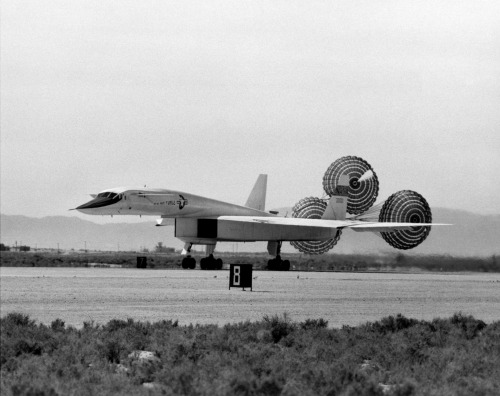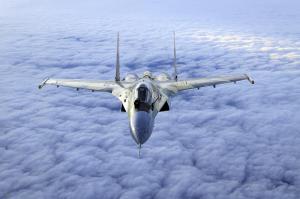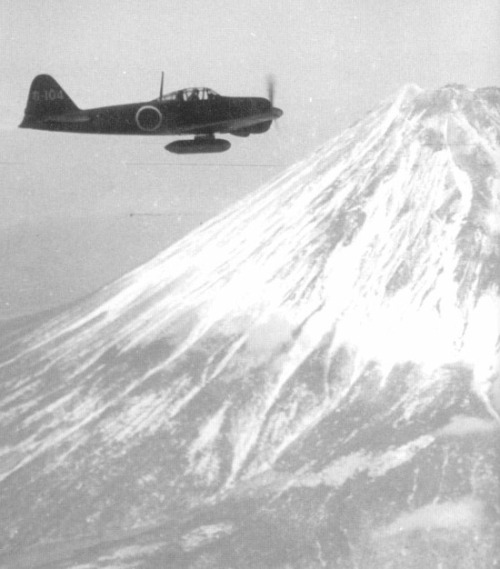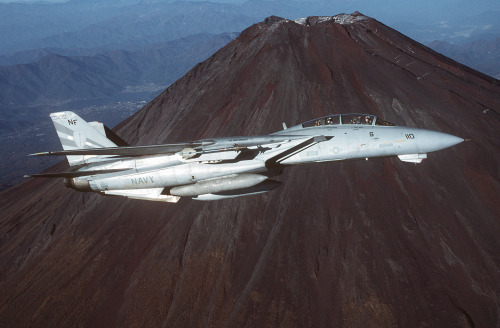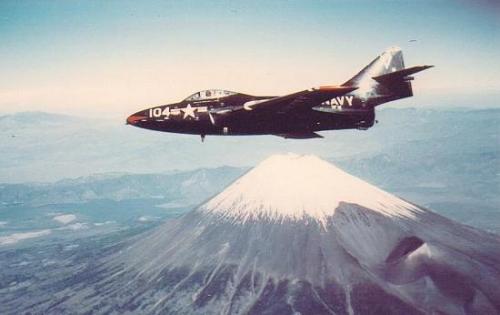Safety Nets Apparently Fail in BA A319 Cowl Door Emergency:

British safety investigators are recommending that Airbus “formally notify” all operators of Airbus A320-family aircraft about the May 24 incident in which all four fan cowl doors detached from a British Airways A319 departing London Heathrow for Oslo with 75 passengers and five crewmembers.
An interim report reveals that two safety nets designed to verify cowls are latched – mechanics’ procedures and pilot procedures – did not work as designed as the aircraft left the gate with its cowls unlatched.
Pilots of BA Flight 762 initially declared an emergency on departure after losing one of three hydraulic systems due to secondary damage caused by the detached doors, two per engine. A fire later erupted on the external portions of the right engine as the crew returned to Heathrow for landing. Pilots landed using the left engine, which continued to perform normally, and ground crews extinguished the fire in the right engine, says the U.K. Air Accidents Investigation Branch (AAIB)
in the May 31 special bulletin.
Passengers and crew evacuated on escape slides on the runway and there were no injuries. The A319 is powered by two International Aero Engines V2522-A5 turbofans.
The first flight of the day followed scheduled overnight maintenance, which required opening the fan cowl doors on both engines to check the integrated drive generator oil levels, the report states.

Maintenance manuals for the servicing contain instructions regarding latching and closing the doors, and pre-flight walk-around procedures also requires pilots to verify that the cowls are closed and latched, a procedure that requires them to “crouch down so that the latches are visible,” says the AAIB.
Photographs of the aircraft before pushback confirmed that the fan cowl doors for both engines were unlatched.
The departed fan cowl doors damaged the leading edge slats, fuselage skin, overwing fairings, inboard flaps, belly fairings and the left horizontal stabilizer leading edge and lower skin, among other areas. A remnant of the inboard fan cowl that remained attached to the right engine punctured a low pressure fuel pipe, causing the right engine fire to develop during the approach to landing.
“This event has shown that the consequences of fan cowl door detachment are unpredictable and can present a greater risk to flight safety than previously experienced,” the AAIB says.















